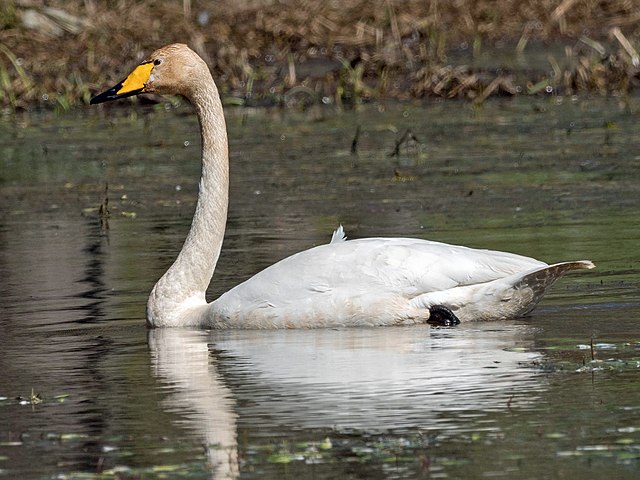
Type species
Term used in biological nomenclature / From Wikipedia, the free encyclopedia
Dear Wikiwand AI, let's keep it short by simply answering these key questions:
Can you list the top facts and stats about Type species?
Summarize this article for a 10 year old
In zoological nomenclature, a type species (species typica) is the species name with which the name of a genus or subgenus is considered to be permanently taxonomically associated, i.e., the species that contains the biological type specimen (or specimens).[1] A similar concept is used for suprageneric groups and called a type genus.[2]

In botanical nomenclature, these terms have no formal standing under the code of nomenclature, but are sometimes borrowed from zoological nomenclature. In botany, the type of a genus name is a specimen (or, rarely, an illustration) which is also the type of a species name. The species name with that type can also be referred to as the type of the genus name. Names of genus and family ranks, the various subdivisions of those ranks, and some higher-rank names based on genus names, have such types.[3]
In bacteriology, a type species is assigned for each genus.[4] Whether or not currently recognized as valid, every named genus or subgenus in zoology is theoretically associated with a type species. In practice, however, there is a backlog of untypified names defined in older publications when it was not required to specify a type.